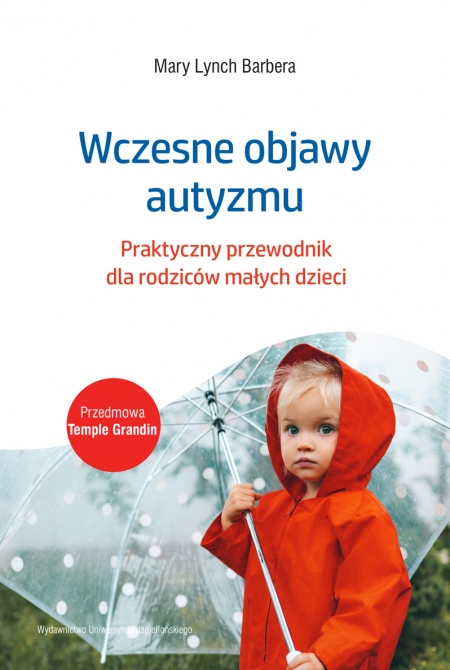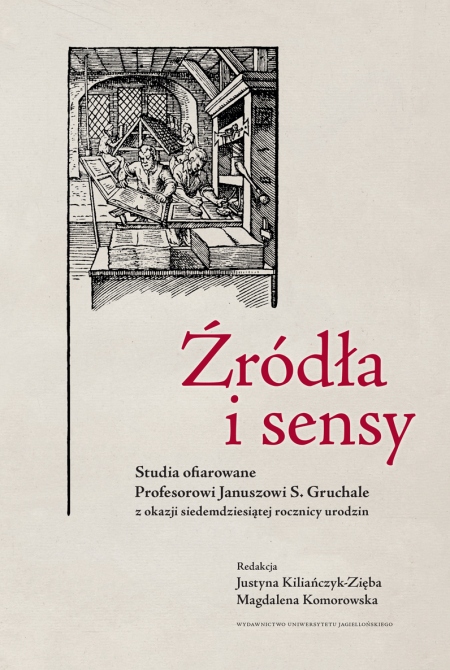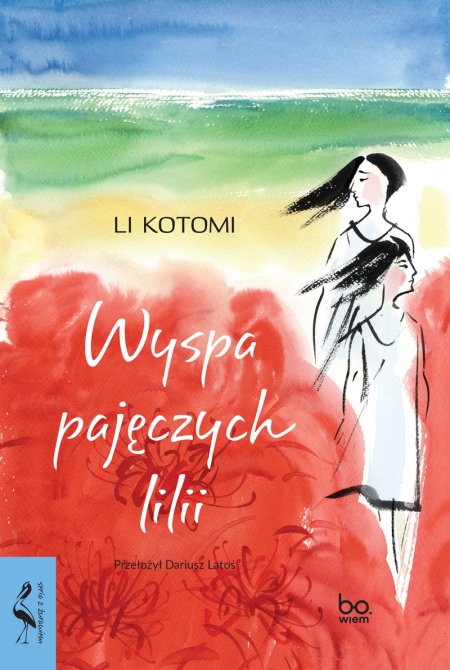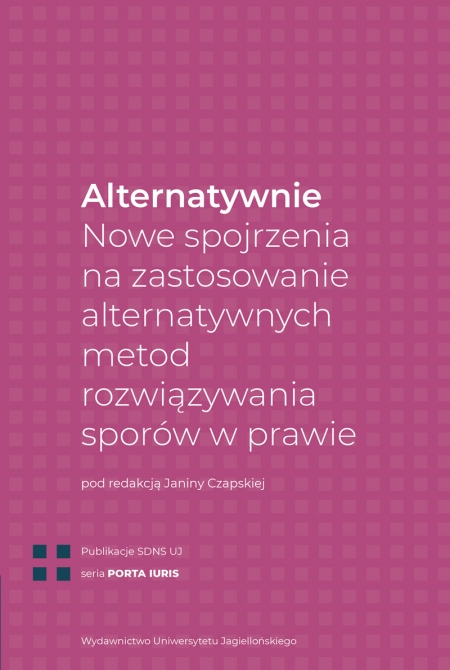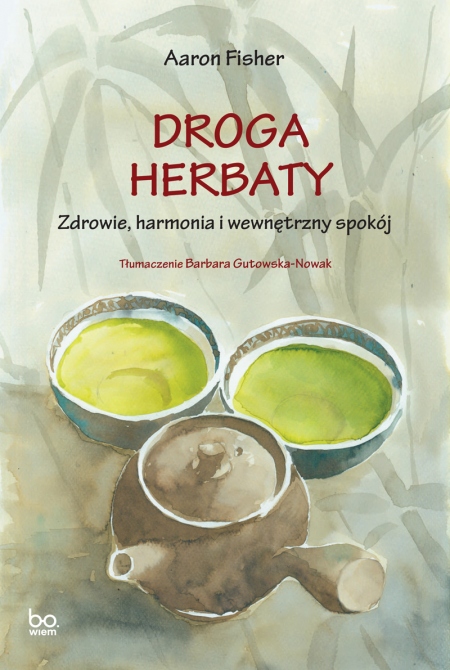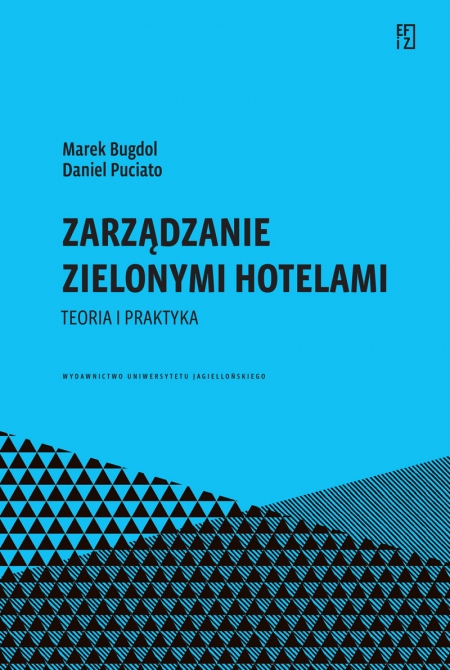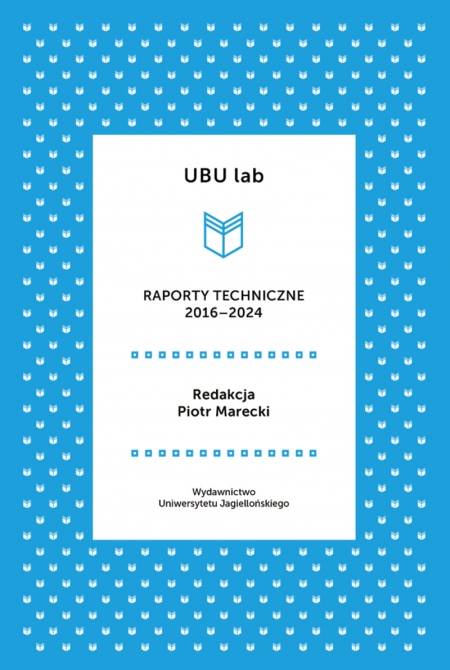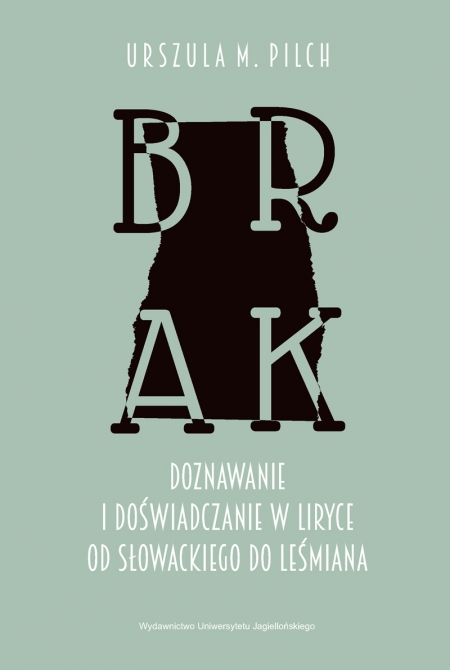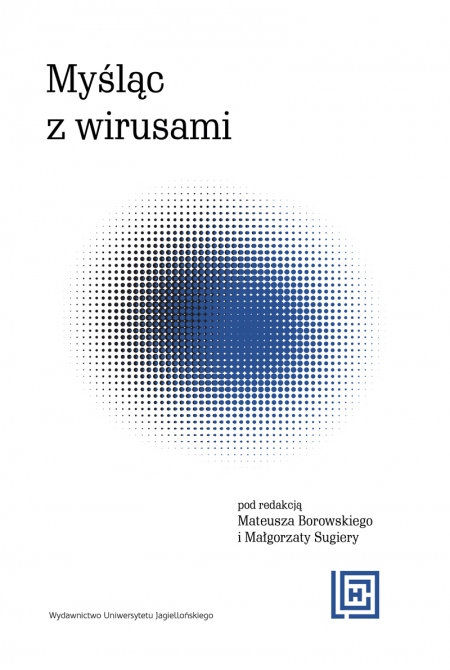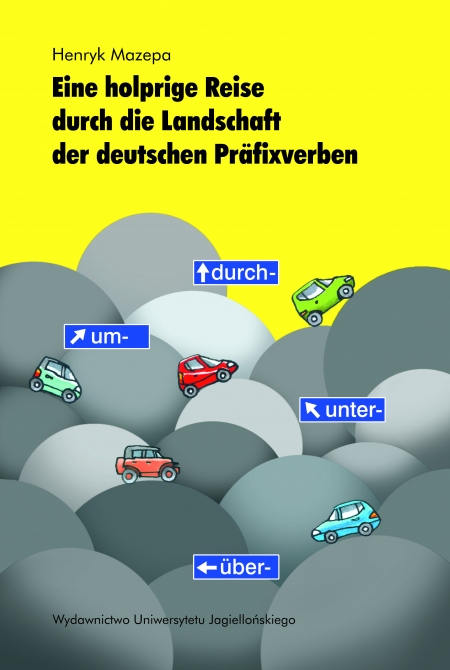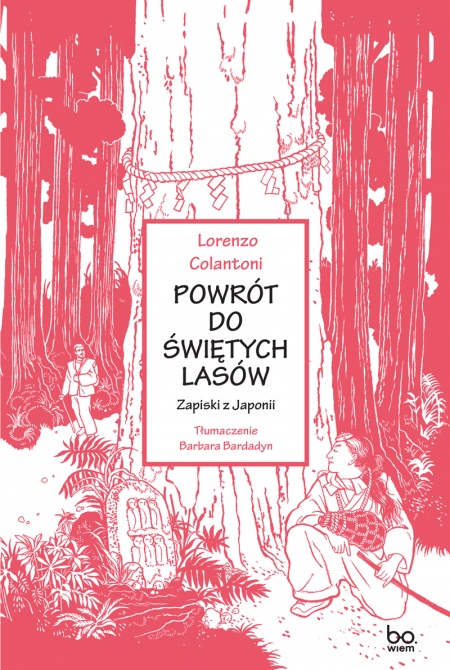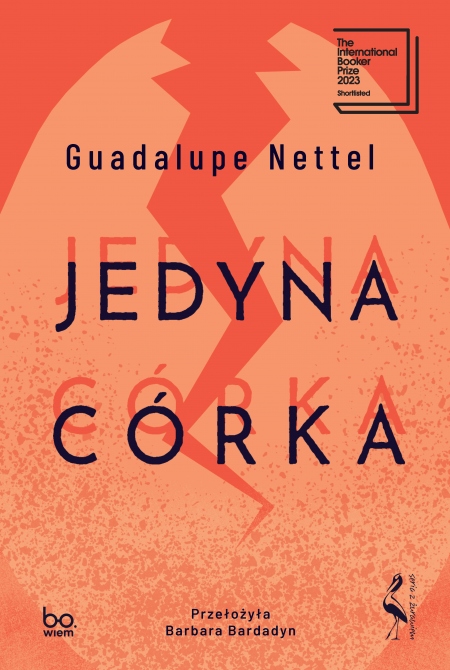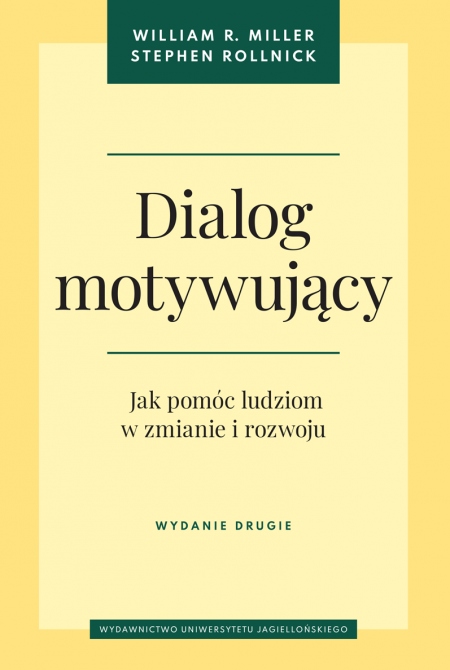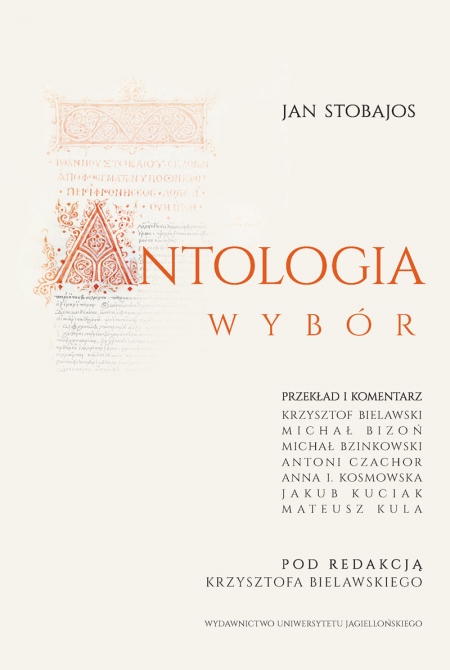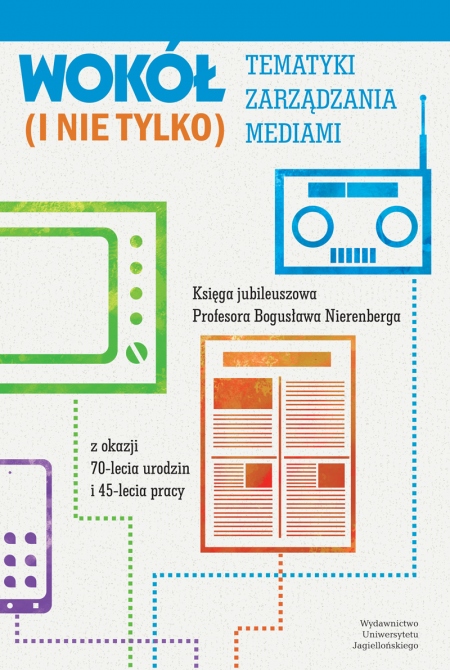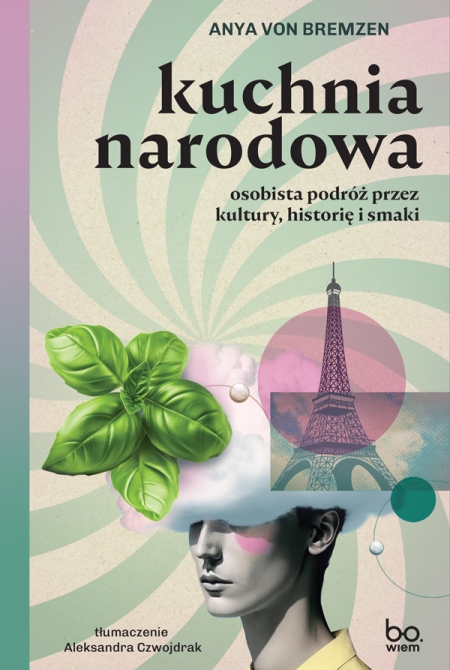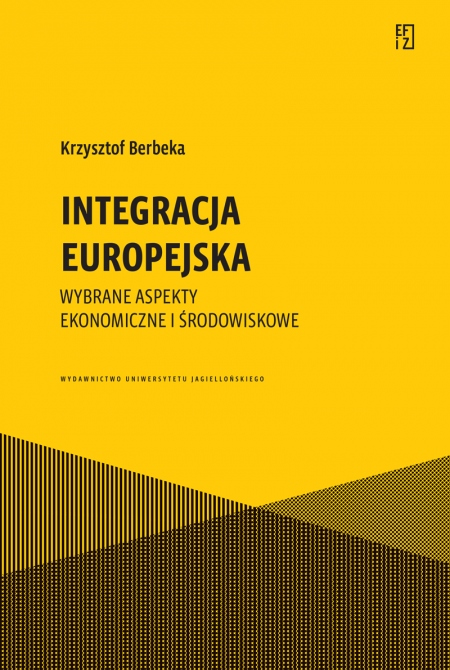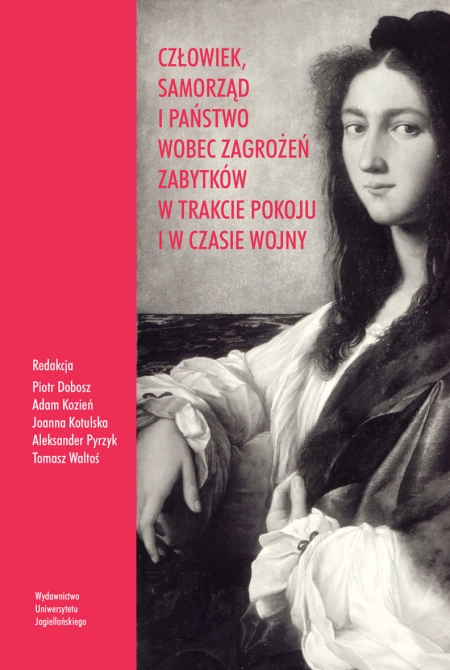
Żeglując po świecie romańskim
Studia filologiczne
Edited by: Marzena Chrobak, Anna Wolny
Pages: 412
Book format: 15,8x23,5 cm
Publication date: 2024
E-book publication date: 19.04.2024
Book description
Sailing around the Romanic world is a compilation of Philological studies including Literature studies, Linguistics, Translation and Cultural studies, Teaching methodology. They present results of research on the most common Romanic languages, such as French, Spanish and Portuguese, as well as the areas in which they are used: France, Spain, Colombia, Argentina, Portugal, Angola, Cape Verde, Brazil. The connections between the forementioned universe and Poland is also explored, mainly through translations of cultural texts, such as literature texts (including the romances by Nobel Prize winners – Saramago, Tokarczuk, Ernoux), as well as comic books and movies. The authors employ a variety of critical perspectives, varying from more traditional approaches, up to Ecopoetics, Superhero caracter studies and “connected history” in Translation studies.
Anna Działak-Szubińska, Justyna Haftka and Anna Kalewska examine various questions regarding the Portuguese language and literature in the metropole, while Bartłomiej Basista and Natalia Czopek concentrate on the presence of Portuguese language in Africa. Gabriel Borowski, Agnieszka Gabor-Da Silva, Natalia Klidzio, Anna Wolny and Daniela Zelková write about the Brazilian prose, Bogdan Piotrowski – about the Colombian romance on violence, and Jakub Jankowski depicts the most famous female comic hero from Argentina. Izabella Zatorska revisits the eclectic French novel from the 18th century, Wacław Rapak analyzes the notion of rhythm in a French modernist’s work, developed by a French literature critic. Przemysław Dębowiak compares diminutives and augmentatives in novels by a Portuguese writer, as well as in their translations to Polish, Joanna Warmuzińska-Rogóż focuses on a Polish translation of Nobel Prize winner French author from 2022. Elżbieta Skibińska investigates a series of translations of one Greek poet’s verse. Małgorzata Tryuk comments on the relations between the history of Translation studies and the political history, Marzena Chrobak elaborates on foreign translations of a movie title, whilst Aleksandra Stodolna studies an intersemiotic translation of a poem to a movie. Anna Bednarczyk goes beyond the Romanic universe, though remaining within the circle of the Christian community. Marta Wojnowska introduces
Tokarczuk’s eco-crime story to Portuguese-speaking readers. Andrzej Zieliński outlines the history of the ‘querer’ verb in Ibero-Romanic languages.
This volume perfectly shows the wide variety of themes, perspectives and methodologies employed by Polish scholars. It should be particulary valuable for any academic researchers working in the field of Lusophone and Latin America studies, as well as Translation studies or travel literature. The metaphorical title refers to Professor Jerzy Brzozowski’s interests, a Polish scholar specializing in Romanic studies, to whom the publication is dedicated.
Anna Działak-Szubińska, Justyna Haftka and Anna Kalewska examine various questions regarding the Portuguese language and literature in the metropole, while Bartłomiej Basista and Natalia Czopek concentrate on the presence of Portuguese language in Africa. Gabriel Borowski, Agnieszka Gabor-Da Silva, Natalia Klidzio, Anna Wolny and Daniela Zelková write about the Brazilian prose, Bogdan Piotrowski – about the Colombian romance on violence, and Jakub Jankowski depicts the most famous female comic hero from Argentina. Izabella Zatorska revisits the eclectic French novel from the 18th century, Wacław Rapak analyzes the notion of rhythm in a French modernist’s work, developed by a French literature critic. Przemysław Dębowiak compares diminutives and augmentatives in novels by a Portuguese writer, as well as in their translations to Polish, Joanna Warmuzińska-Rogóż focuses on a Polish translation of Nobel Prize winner French author from 2022. Elżbieta Skibińska investigates a series of translations of one Greek poet’s verse. Małgorzata Tryuk comments on the relations between the history of Translation studies and the political history, Marzena Chrobak elaborates on foreign translations of a movie title, whilst Aleksandra Stodolna studies an intersemiotic translation of a poem to a movie. Anna Bednarczyk goes beyond the Romanic universe, though remaining within the circle of the Christian community. Marta Wojnowska introduces
Tokarczuk’s eco-crime story to Portuguese-speaking readers. Andrzej Zieliński outlines the history of the ‘querer’ verb in Ibero-Romanic languages.
This volume perfectly shows the wide variety of themes, perspectives and methodologies employed by Polish scholars. It should be particulary valuable for any academic researchers working in the field of Lusophone and Latin America studies, as well as Translation studies or travel literature. The metaphorical title refers to Professor Jerzy Brzozowski’s interests, a Polish scholar specializing in Romanic studies, to whom the publication is dedicated.
Language
Polish, French, Spanish, Portuguese
Title in English
Sailing around the Romanic world. Philology studies
Edition
first
Edited by
Marzena Chrobak
 , Anna Wolny
, Anna Wolny

Cover design
Marta Jaszczuk
ISBN: 978-83-233-5339-3
e-ISBN (pdf): 978-83-233-7525-8
Country of producer: Poland
Open Access
All rights reserved. Open access permitted within the scope of fair use of protected works.
RECOMMENDED BOOKS
NEW BOOKS

Choose chapters to buy:
Order value:
0.00 zł





